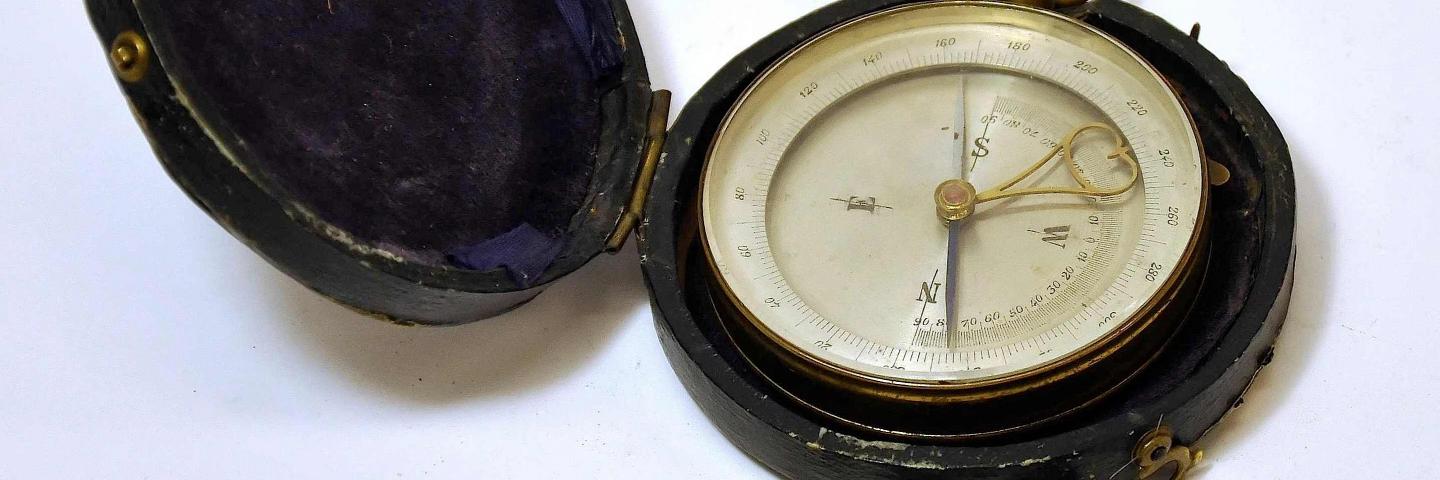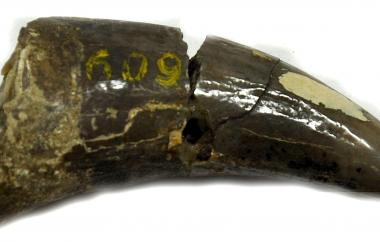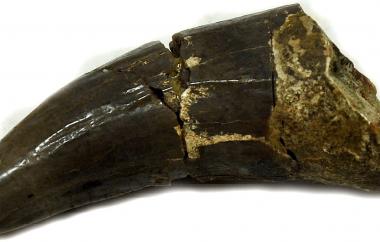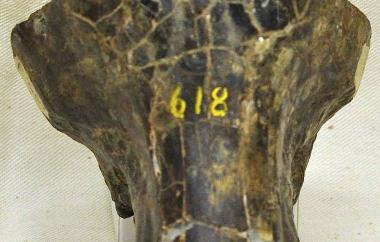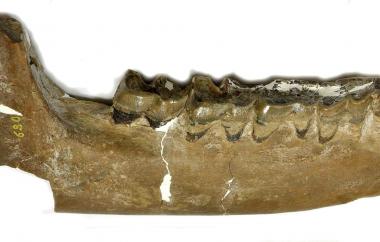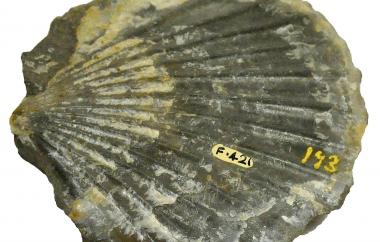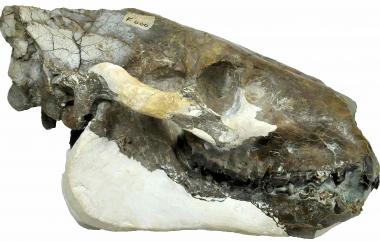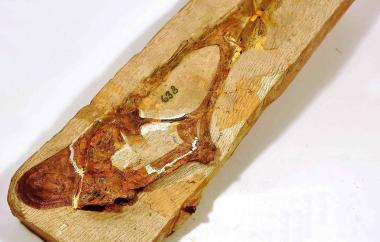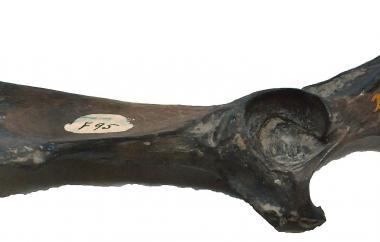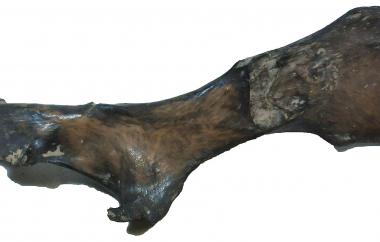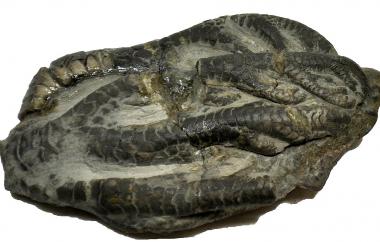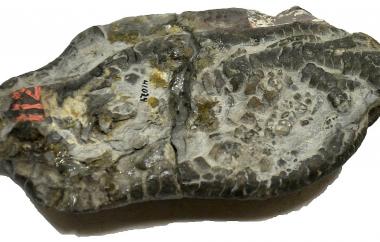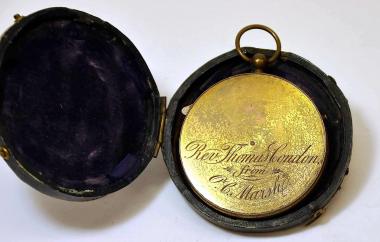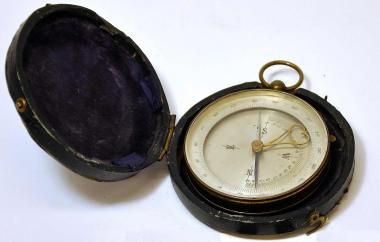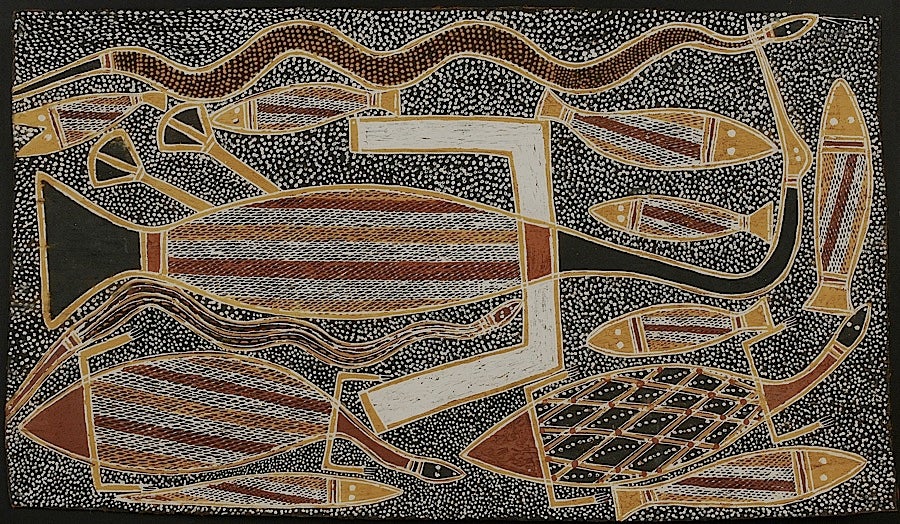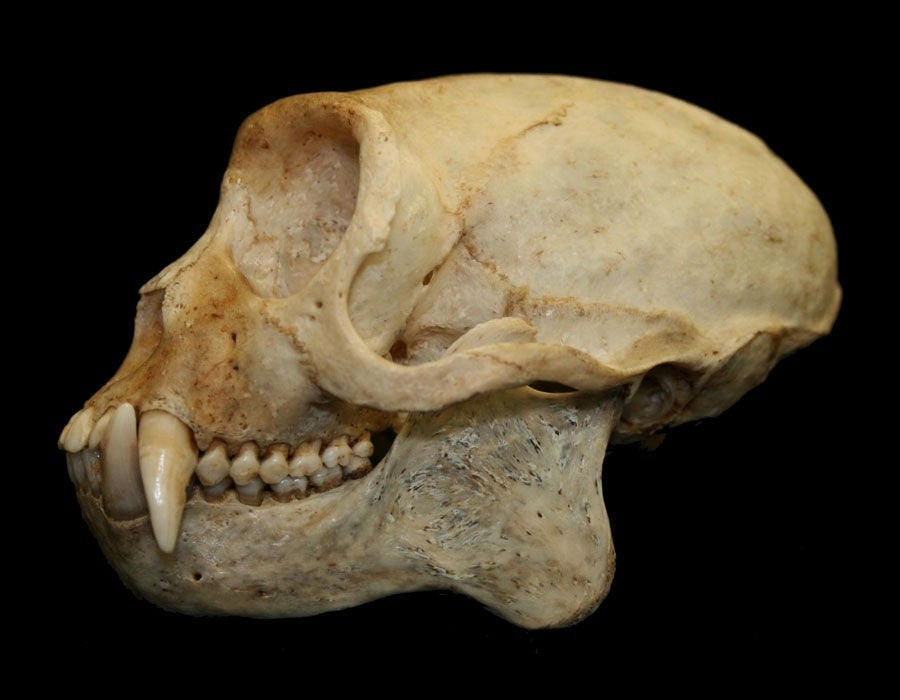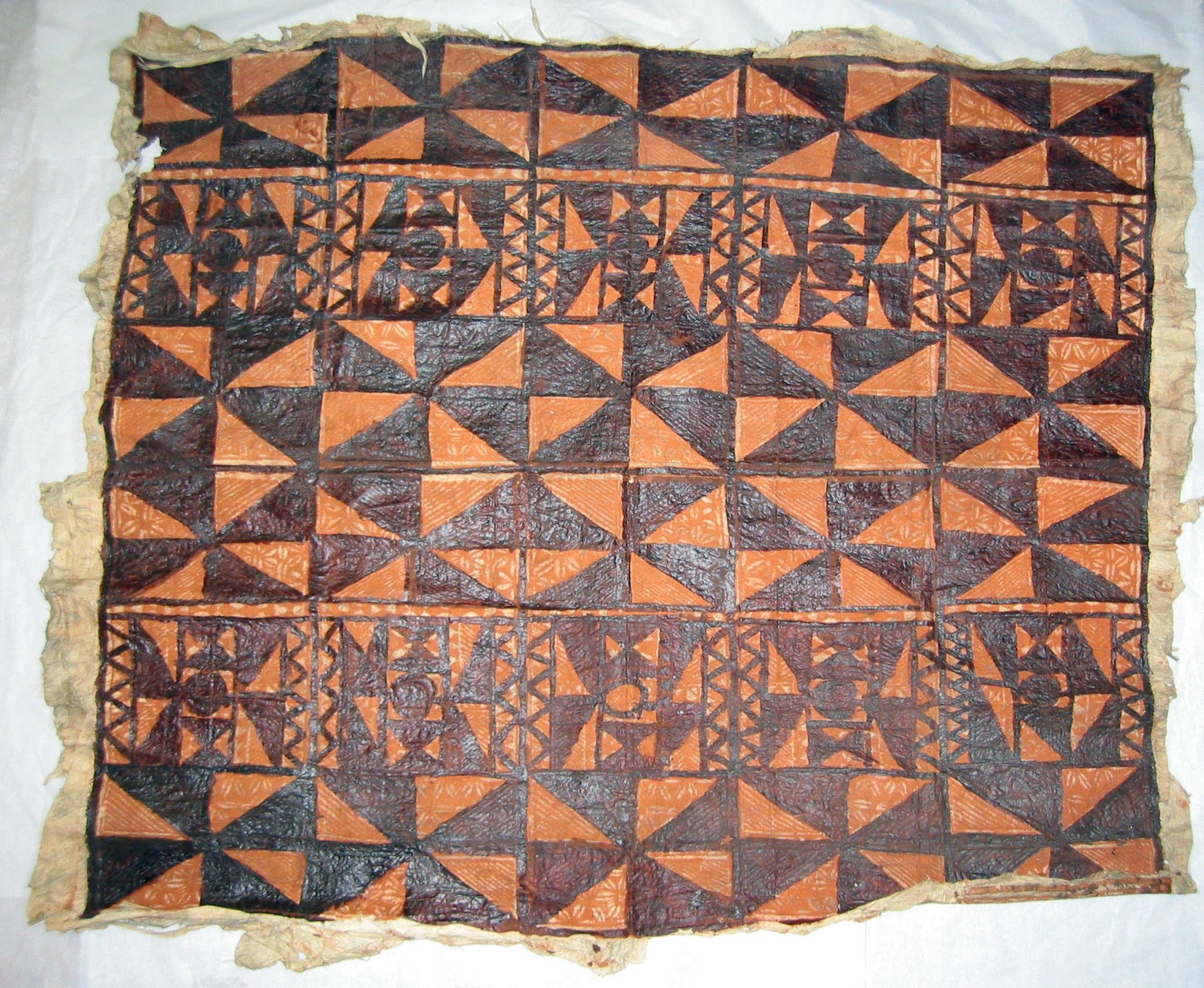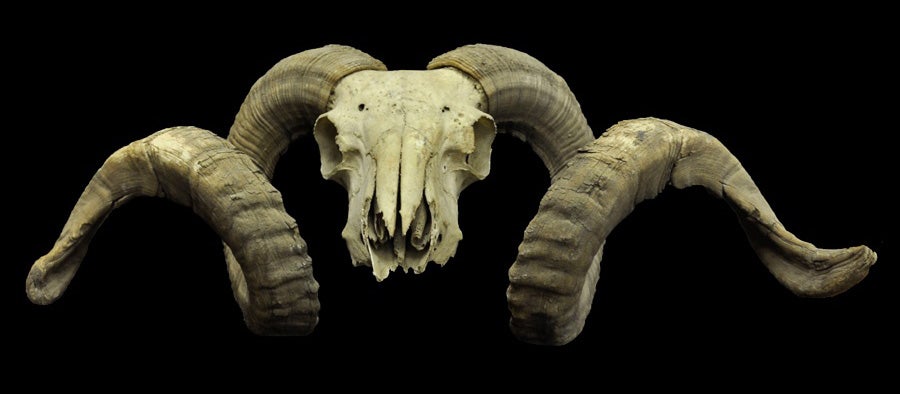The Museum of Natural and Cultural History traces its lineage to Oregon's first state geologist, Thomas Condon. Born in Ireland, Condon arrived in Oregon in 1852 as a Congregationalist missionary. Interested in fossils since his youth, he had studied modern geological sciences as educational background required for his seminaries. When fossils were discovered in central Oregon’s John Day Basin in the 1860s, Reverend Condon was the most knowledgeable paleontologist in the Oregon Territory, and with his congregation in The Dalles, he was ideally located to receive and analyze the finds. His first visit to the John Day region was in 1865, and many more followed over the next decades.
At the University of Oregon’s founding in 1876, Thomas Condon was hired as its science professor. He moved to Eugene with his large collection of fossils, gathered with the intention of enhancing Oregonians' knowledge about the state's wonderful natural history. He used his specimens in classes, illustrating his points with the actual fossils that recorded the history of life.
After Condon’s death in 1907, his fossils became the nucleus of the Condon Museum, which has since been incorporated into the Museum of Natural and Cultural History. The people of Oregon owe a debt of gratitude to the forward-thinking man who ensured that future generations could fully appreciate the richness of the state’s natural history.
This web gallery illustrates gems from Condon’s personal collection. The compass was given to him by famous paleontologist O.C. Marsh, to thank him for assistance in the field when he visited Oregon in the early 1870s.
Images © UO Museum of Natural and Cultural History. Production of this gallery was generously supported by The Ford Family Foundation.
Further Reading:
Clark, Robert D.
1989 The Odyssey of Thomas Condon: Irish Immigrant, Frontier Missionary, Oregon Geologist. Oregon Historical Society Press.
Condon, Thomas.
1902 The Two Islands And What Came of Them. J.K. Gill Co., Portland. (Available free from Google Books: search for The Two Islands)
McCornack, Ellen Condon and Henry Fairfield Osborn.
1928 [reissued 2001] Thomas Condon, Pioneer Geologist of Oregon. University of Oregon Press, Eugene.
Entelodont canine tooth (view one). North Fork of the John Day River - Specimen #Yellow-609 Oligo-Miocene (30 - 19 Ma) - 8 x 3 cm
Entelodont canine tooth (view two). North Fork of the John Day River - Specimen #Yellow-609 Oligo-Miocene (30 - 19 Ma) - 8 x 3 cm
Choenohyus decedens skull. North Fork of the John Day River - Specimen #Yellow-618 Oligo-Miocene (30 - 19 Ma) - 8.5 x 13 cm
Rhinoceros right jaw. Bridge Creek - Specimen #Yellow-630 Oligo-Miocene (30 - 19 Ma) - 32 x 10 cm
Patinopecten propatulus shell (view one). Astoria Formation - Specimen #F-421 Early Miocene (23 - 16 Ma) - 10 x 10 cm
Patinopecten propatulus shell (view two). Astoria Formation - Specimen #F-421 Early Miocene (23 - 16 Ma) - 10 x 10 cm
Eporeodon occidentalis skull and jaw (view one). Bridge Creek - Specimen #F-666 Oligo-Miocene (30 - 23 Ma)- 24 x 14 cm
Eporeodon occidentalis skull and jaw (view two). Bridge Creek - Specimen #F-666 Oligo-Miocene (30 - 23 Ma)- 24 x 14 cm
Eporeodon occidentalis skull and jaw (view three). Bridge Creek - Specimen #F-666 Oligo-Miocene (30 - 23 Ma)- 24 x 14 cm
Oreodon jaw (view one). Turtle Cove - Specimen #F-672 Oligo-Miocene (30 - 23 Ma)- 16 x 8 cm
Oreodon jaw (view two). Turtle Cove - Specimen #F-672 Oligo-Miocene (30 - 23 Ma)- 16 x 8 cm
Pterosaur skull. Logan Co., Kansas - Specimen #F-746 Late Cretaceous (100 - 65 Ma)- 40 x 16 cm
Canid (dog) pelvis (view one). Yamhill Co., near Amity - Specimen #F-95 Pliocene (5.3 - 2.6 Ma) - 14 x 5 cm
Canid (dog) pelvis (view two). Yamhill Co., near Amity - Specimen #F-95 Pliocene (5.3 - 2.6 Ma) - 14 x 5 cm
Criniod: Forbesiocrinus ramulosus calyx and arms (view one). Lafayette, Indiana - Specimen #F-41024 Carboniferous (359 - 299 Ma) - 8 x 4 cm
Criniod: Forbesiocrinus ramulosus calyx and arms (view two). Lafayette, Indiana - Specimen #F-41024 Carboniferous (359 - 299 Ma) - 8 x 4 cm
Thomas Condon's Pocket Compass (view one). Given to Condon by O.C. Marsh after assistance in the field in the early 1870s. ~6 cm across.
Thomas Condon's Pocket Compass (view two). Given to Condon by O.C. Marsh after assistance in the field in the early 1870s. ~6 cm across.
